Orphan, Leprin lives a difficult youth in Marseille, he is left to himself and leads a bohemian life. He was taken in by the Salesian Fathers of Don Bosco who initiated him, noticing his gifts, in drawing and lithography. He begins to paint on the old port. At 22, he turned to a career in bullfighting in Barcelona, but had to give up to fight in the First World War. At the age of thirty, in 1921, he went to Paris and wandered on the Butte Montmartre where he sympathized with the artists he met in the bistros, he lived off the sale of drawings and pastels to tourists. In 1924, he signed an exclusive contract with Henri Bureau, a framer in Montmartre, who offered to help him and promote his career (it was at Henri Bureau that he became friends with the painter Frank- Will). In 1926, he undertook a journey through the French countryside and painted many landscapes or views of towns and villages. Despite the success of the two exhibitions at the Galerie Druet in Paris in 1928 and 1931, Marcel Leprin remained a solitary and depressed painter, he fell into drink and drugs and died in 1933 at the Tenon hospital.
Work
Prematurely dead at the age of 42, Marcel Leprin left about 700 canvases, he painted according to the circumstances of his life, we can distinguish three periods whose different styles express his mental and material situation, the Marseille period, made up in particular of large decorative murals, the Montmartre period, quite dark and commercial, the period of trips to the provinces, warmer and more creative. It is also illustrated in paintings of bullfights.
Leprin's paintings are mainly visible today at the National Museum of Modern Art and at the Museum of Modern Art of the City of Paris, at the Carnavalet Museum, at the Montmartre Museum and at the Petit Palais Museum in Geneva.


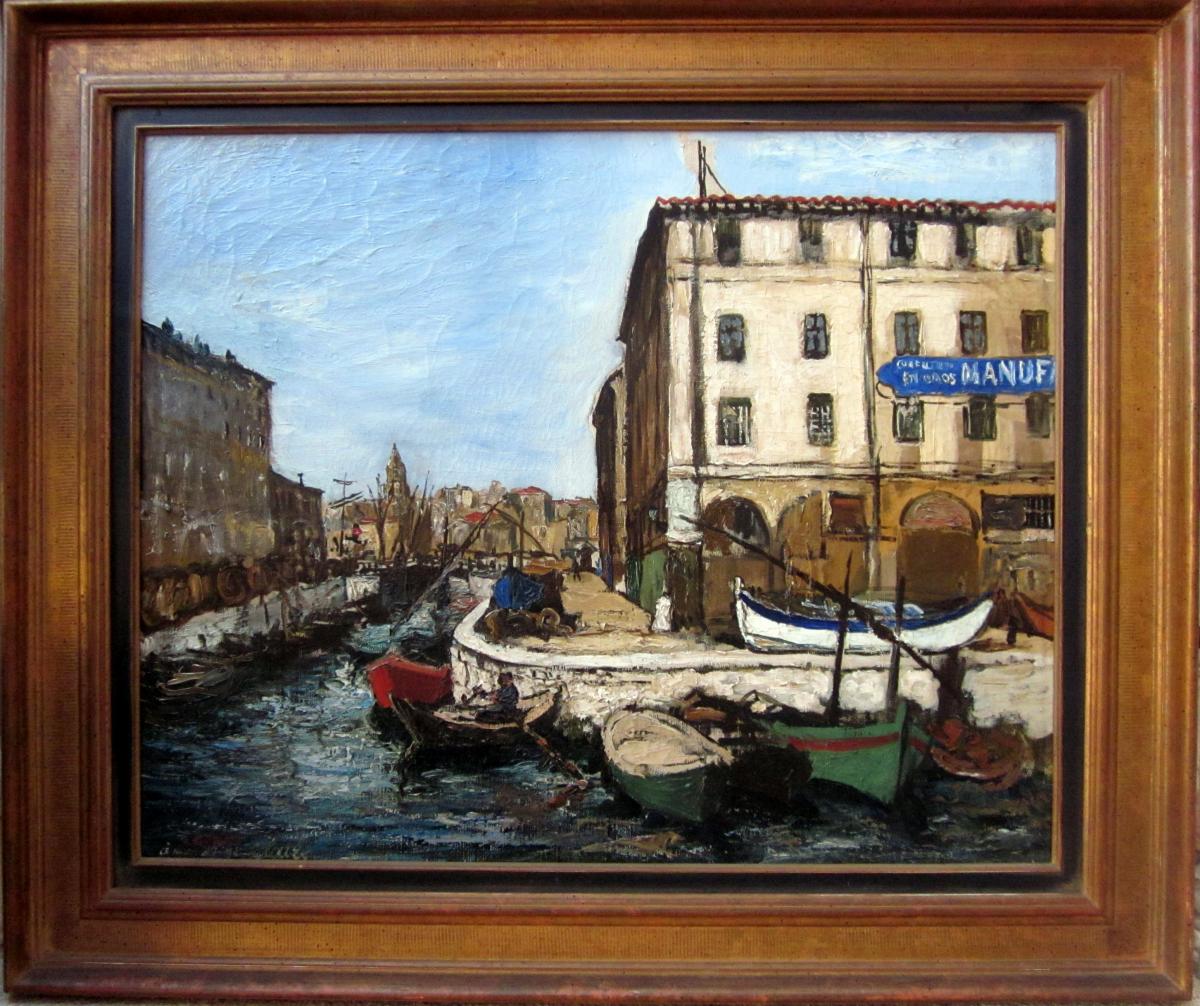


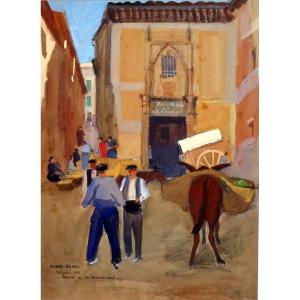
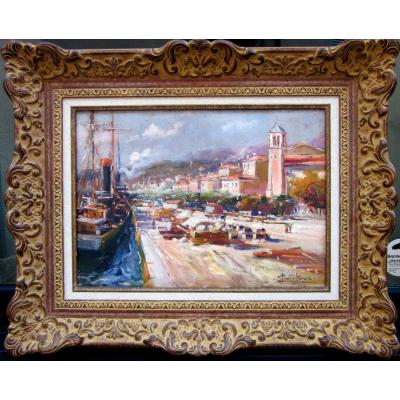
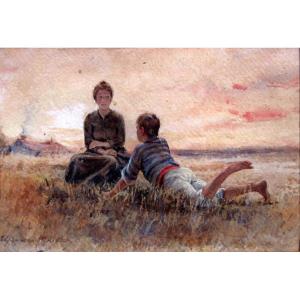

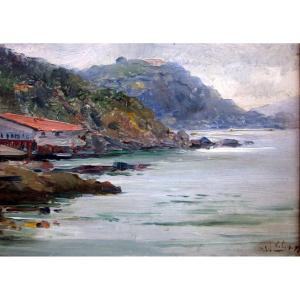
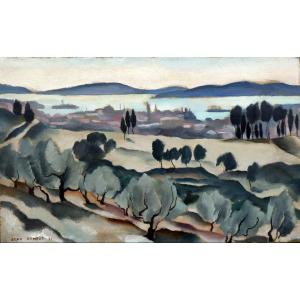
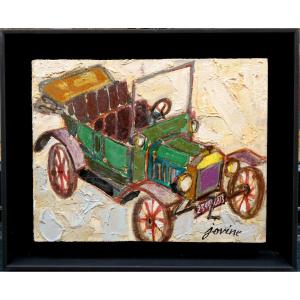
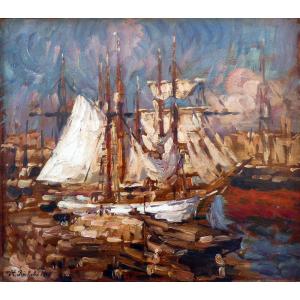

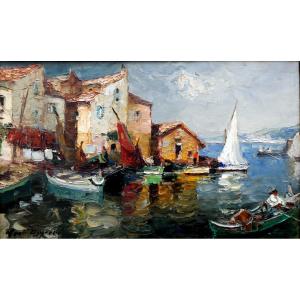
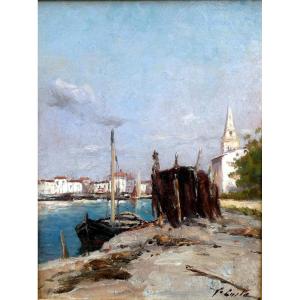







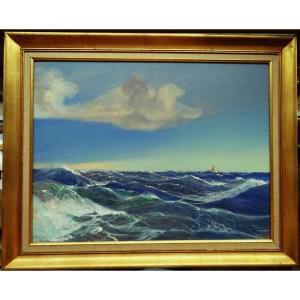




 Le Magazine de PROANTIC
Le Magazine de PROANTIC TRÉSORS Magazine
TRÉSORS Magazine Rivista Artiquariato
Rivista Artiquariato